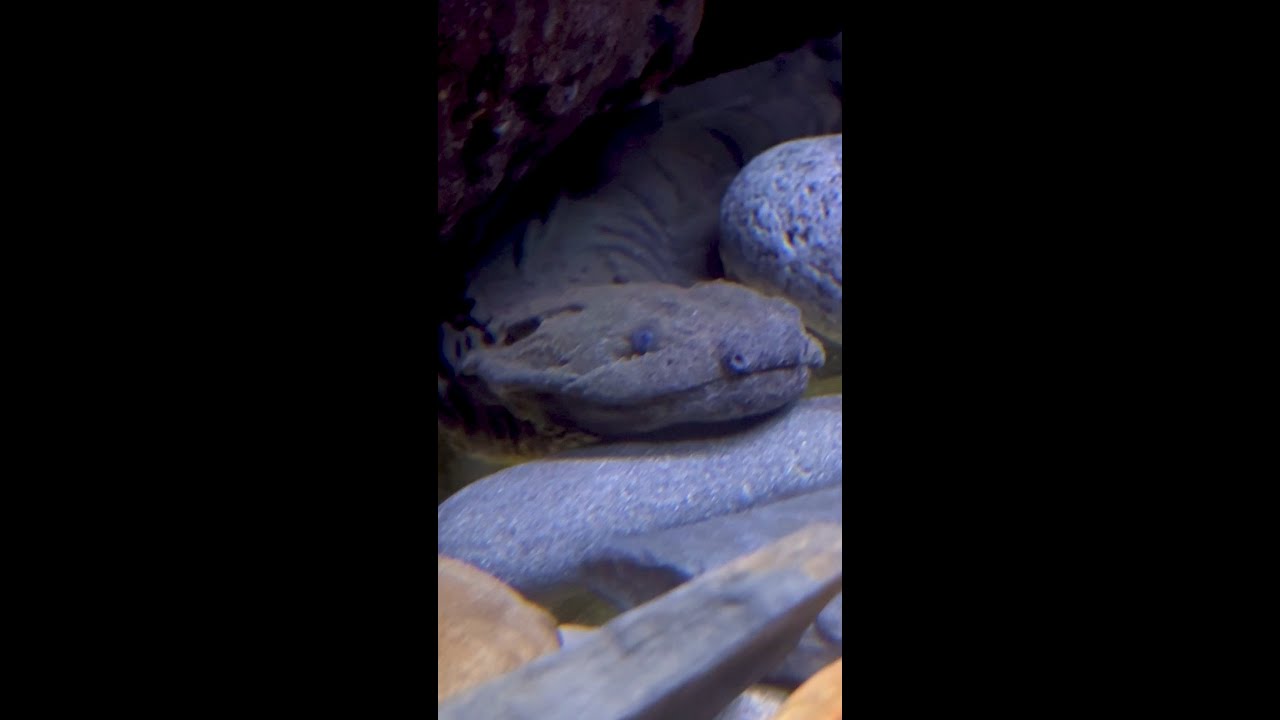– Introducing Cricket, the Eastern Hellbender: an overview of its ecology and biology.
– The significance of the Eastern Hellbender in ecosystems and the challenges it faces.
– Conservation efforts for the Eastern Hellbender: strategies and their importance.
– How zoos and aquariums contribute to the research and preservation of Eastern Hellbenders.
– Engaging the public in Eastern Hellbender conservation: education and participation.
The Eastern Hellbender, known scientifically as Cryptobranchus alleganiensis, is a remarkable amphibian within North American waterways, particularly noted for its distinctive appearance and significant ecological role. Among its various representatives, Cricket, an Eastern Hellbender residing in a dedicated facility, offers an invaluable glimpse into this species’ life and challenges. Through a comprehensive exploration of Cricket’s life, this article delves into the critical aspects of Eastern Hellbender conservation, the pivotal role of zoos and aquariums in their study and preservation, and how public engagement is essential for the future well-being of this species.
Eastern Hellbenders have adapted marvelously to their aquatic environments over millions of years, developing flat bodies that enable them to skillfully navigate the rocky bottoms of streams and rivers within their range, which extends from New York to Alabama in the United States. This semi-aquatic salamander, reaching lengths up to 29 inches, is the largest in North America. Its wrinkled skin, an efficient oxygen absorption organ, underscores its ancient lineage and ecological specialization. As an exemplar of the species, Cricket demonstrates the physical attributes and behaviors that make Eastern Hellbenders fascinating subjects of research and conservation efforts.
The ecological significance of the Eastern Hellbender cannot be understated. As bioindicators, their health and population sizes reflect the overall quality of their freshwater habitats. These amphibians contribute to the balance of aquatic ecosystems, playing a key role in the food web as predators and prey. However, their existence is under threat from a spectrum of environmental challenges, including habitat destruction, pollution, and climate change. All of these have contributed to declining populations across their historical range, necessitating immediate and effective conservation strategies.
Efforts to preserve the Eastern Hellbender involve a collaborative approach among wildlife biologists, conservationists, and a network of zoos and aquariums. Research on individuals like Crickets offers critical insights into their life cycles, habitat preferences, and health issues, informing reintroduction and habitat restoration projects. Zoos and aquariums play a pivotal role in breeding programs, ensuring a genetically diverse population is maintained in captivity, which can bolster wild populations through strategic releases. Moreover, these institutions are indispensable for conducting research that would be challenging or impossible in the wild, ranging from dietary studies to disease resistance.
Engaging the public in Eastern Hellbender conservation is another key to safeguarding their future. Education programs, spearheaded by zoos and educational institutions, raise awareness about the importance of clean, free-flowing rivers and streams for hellbenders and the overall health of ecosystems. Interactive exhibits and informational campaigns highlighting individuals like Cricket can foster a connection between the public and these often-overlooked amphibians, inspiring conservation actions on a personal and community level.
In summary, understanding and supporting the survival of the Eastern Hellbender is a multifaceted endeavor requiring a thorough knowledge of its biology and ecology and an appreciation for its complex challenges. Conservation strategies must be proactive and collaborative, leveraging the research and resources of zoos, aquariums, and conservation organizations. Public engagement and education are crucial for supporting habitat protection and restoration efforts, ensuring that these remarkable creatures continue to thrive in their natural habitats. Through continued focus on research, conservation efforts, and public participation, the future for the Eastern Hellbender, as exemplified by individuals like Cricket, can be as enduring as their fascinating evolutionary heritage.
*****
Source Description
Is that a rock? Nope! It’s Cricket, our Eastern hellbender! The hellbender is the largest salamander in the United States. These amphibians can breathe through their skin – hence their scientific name, Cryptobranchus, which means “secret gill.” The frills on their sides are used to increase the surface area of their skin, so they can get more oxygen from the water. Happy #AmphibianWeek!
#Syracusezoo #Syracuse #CNY #OnondagaCountyParks #OnondagaCounty #Amphibian #Hellbender


